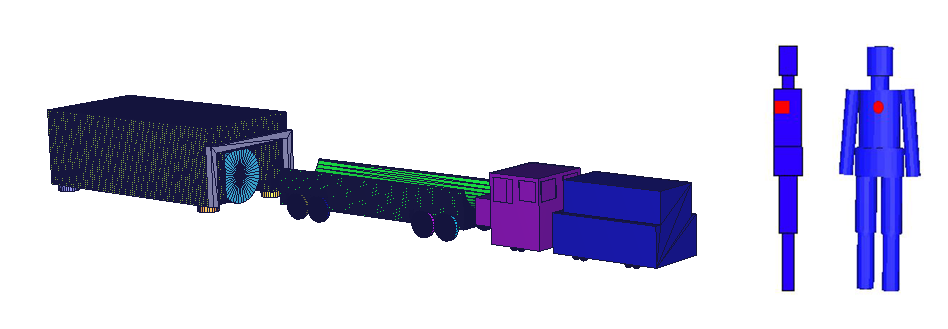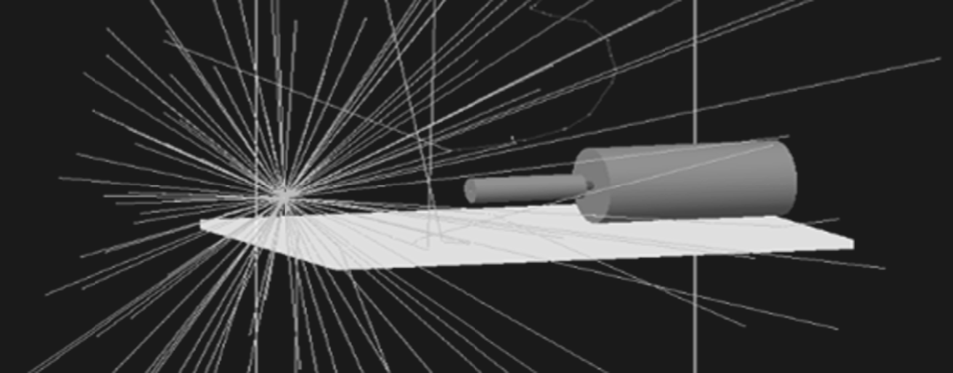Radiation Research
The Working Group "Radiation Research" deals with the effects of ionizing radiation on living creatures and materials. The determination and evaluation of radiation exposure from radiation sources of natural and artificial origin is the basis of the research work. In particular, mixed photon, beta and/or neutron radiation fields are investigated, with simulations contributing to a deeper understanding of the radiation fields. The focus is on individual aspects such as radiation exposure during activities in nuclear facilities, particularly in waste disposal facilities.
Current research focuses are, among others
- Corrosion inhibitors in the disposal of highly radioactive waste to minimize secondary waste in the dismantling of nuclear facilities.
- Analysis of the effects of improved energy-dependent neutron scattering mechanisms in Monte Carlo simulations and their impact on radiation fields and dosimetric aspects in the field of disposal options for heat-generating radioactive waste.
- Investigation of old Cf-252 sources using gamma spectroscopy and algorithms for the determination of source age and neutron dose rate.
- Transdisciplinary research: What will happen to interim storage facilities for high-level radioactive waste and spent fuel elements after 40 years of operation?
- Dosimetric aspects of high-level radioactive waste in Germany, consisting of irradiated nuclear fuel from power, research and prototype reactors and vitrified waste from reprocessing.
- Monte Carlo studies on the exposure of the eye lens of medical personnel during the administration of radiopharmaceuticals.
The group “Radiation Research” is represented nationally and internationally with its work. This includes the expert group "Dosimetry" (AKD) from the German-Swiss Fachverband für Strahlenschutz e.V. and the European Radiation Dosimetry Group (EURADOS).
Contact:
+49 721 608 23401



